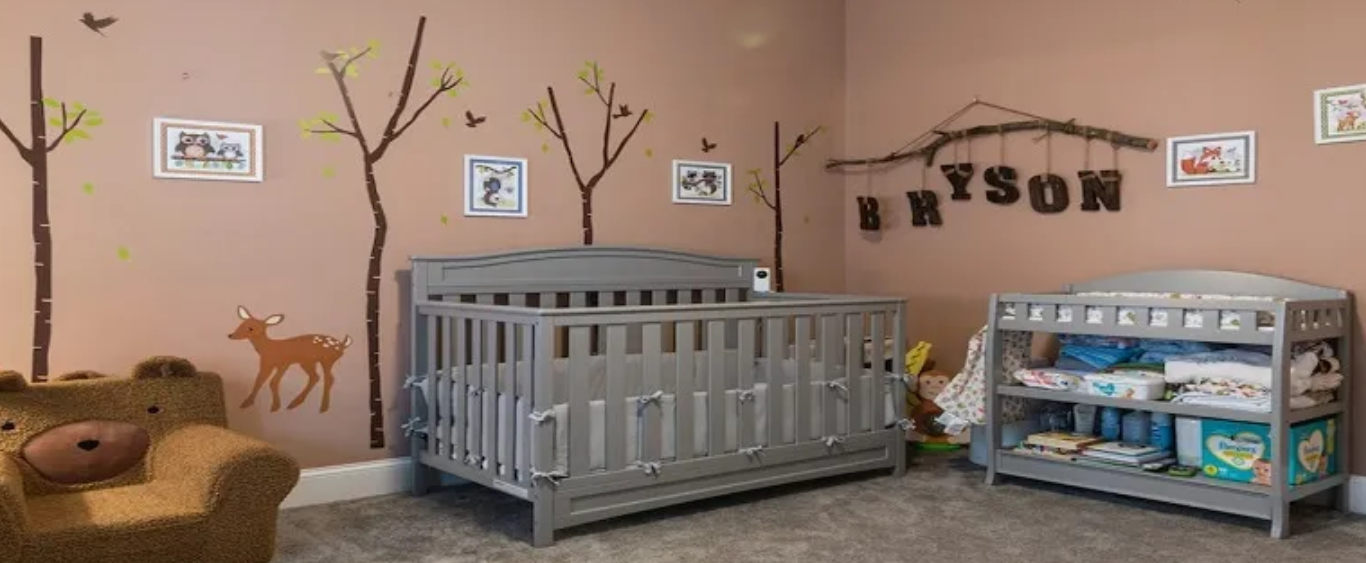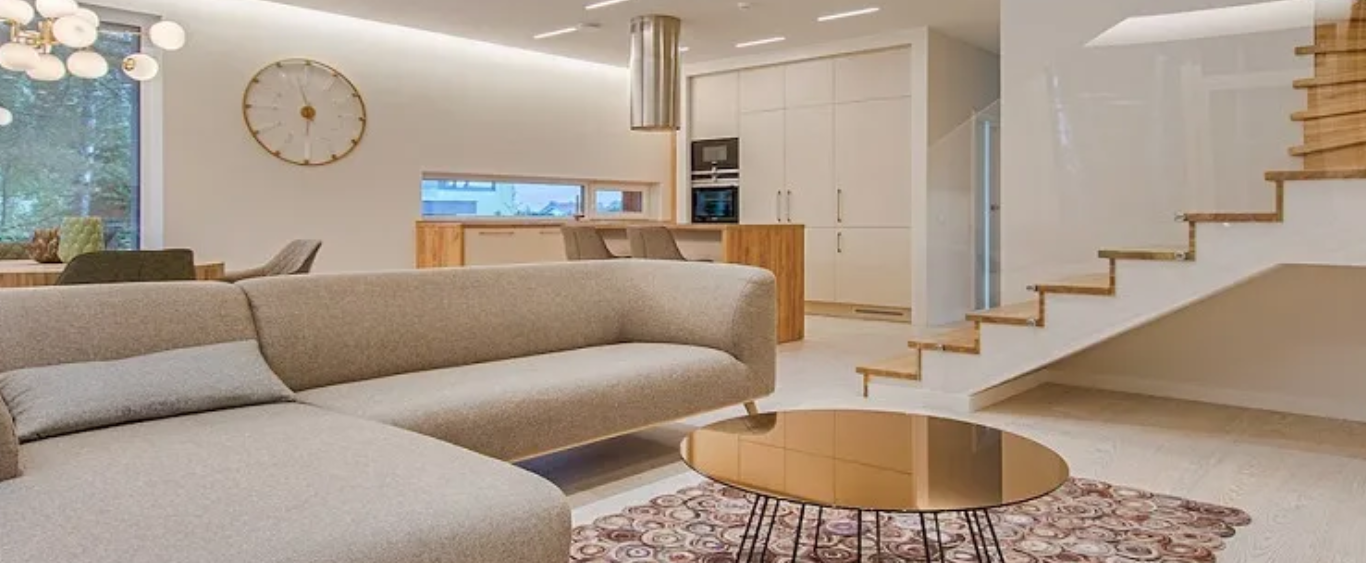Green buildings strive to minimize the adverse impact that regular buildings have on the environment. From selecting the location to daily operation, green buildings are held to the highest standards of environmental responsibility and resource efficiency. These buildings optimize their use of local materials, minimize their impact on local ecology and, most importantly, are built to reduce power, water and material requirements. There are certifying agencies, such as the Indian Green Building Council (IGBC) that assist real estate developers to implement environmentally-friendly practices and get green building certification.
There are 5 fundamental principles of green buildings.
- Sustainable Site Design ensures that key environmental assets are preserved and needless destruction of valuable land, habitat and open space is prevented.
- Water Quality & Conservation preserves the existing natural water cycle and minimize the inefficient use of potable water while maximizing the recycling of water, including rainwater harvesting.
- Focus on Energy & Environment maximizes the use of renewable energy and other low impact energy sources, while minimizing the adverse impact on the environment through optimized building design, material selection and use of energy conservation measures.
- Making sure Indoor Environmental Quality is high provides a healthy, comfortable and productive environment for building occupants. This involves utilizing the best possible conditions in terms of air quality, heat management, natural ventilation and lighting.
- Sourcing Materials and Resources is an important part of the construction process. Green construction minimizes the use of non-renewable construction materials while maximizing the use of sustainably managed recycled materials.
Recommended blogs

Apartments Near Hyderabad Airport, The Best Buy!
Buying apartments near Hyderabad airport can give you high returns and allow you to enjoy unparalleled infrastructural facilities.

What Nobody Tells You About Purchasing a Home in India
While purchasing and owning a house can be gratifying, it’s not as straightforward as it may seem. It requires far more financial and mental

Guidelines for Baby-proofing Your Home
Little ones will always be among our most cherished treasures, there is no denying that. Every parent wants to raise their little ones in a

3 Factors Driving High Demand for Luxury Housing in India
A significant portion of this interest can be linked to high net worth individuals, a growing knowledge of global design & aesthetics, a

Top 5 Reasons to Buy Apartments in Osman Nagar, Hyderabad
The demand for apartments in Osman Nagar has grown significantly in recent years. It is one of the most desirable places to live thanks to i


